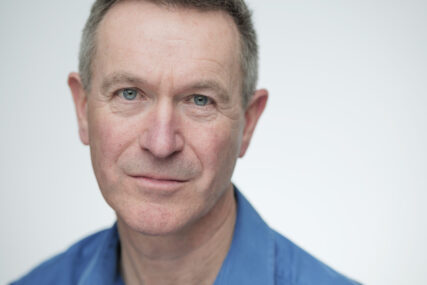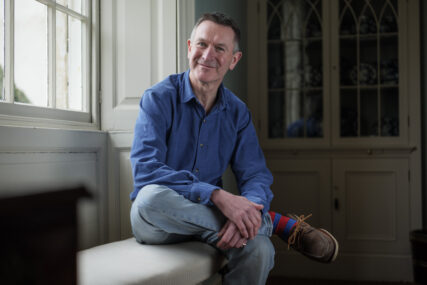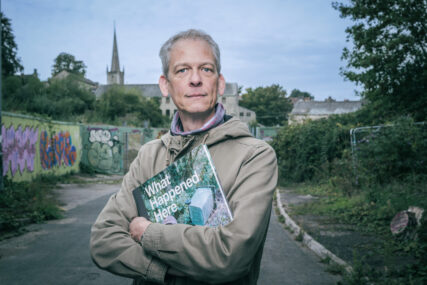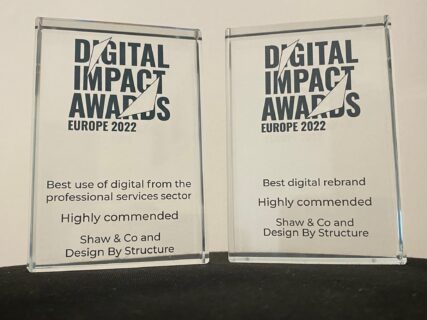Ok, so you’ve read my previous articles and decided your business absolutely NEEDS video. What next?
Let’s just assume you’ve mapped out the whys, whats and wherefores of jumping into video. What you need to do next is start thinking about budget.
Originally I’d drafted a long-winded post about the various options and costs associated with video, from the DIY approach to the full production company treatment, but a) it was turning into a novel and b) there are too many variables to do the entire subject justice.
Instead I’ll concentrate on how you should think about budget when working with me. I hope that’s more useful!
A Breakdown of Costs
Of course every project will be different and require its own considerations of cost, but as a rule I generally work to my standard photography rates when it comes to planning and shooting video. Where stills and video diverge in terms of cost is when it comes to editing and delivery.
As many of you know, my standard stills packages include some pre-planning, the shoot rate, post-production and delivery as well as the end-user’s licence to use the images. Video works a little differently.
In the case of stills I have a fair idea how many shots can be realistically achieved in a half-day or a day, and from this I know how much post-production time is required. With video, the post-production is by far the longer process. If I spend a day shooting video, depending on the end requirements it could take a full week to finalise an edit. As with all things, there are many variables along the way such as whether I’m generating titles and graphics from scratch, researching music soundtracks and liaising with the client on those, or having to make multiple re-edits according to the client’s wishes before delivery. For this reason, video editing fees are set outside of the shoot fee.
To keep those fees sensible, I offer an hour or two pre-planning time with the client to work out the storyboard and logistics. At this stage I’ll also be putting together a plan for graphics, titles, music etc so that once I have the footage, I can get straight on with the edit. This way, before I even start shooting, you’ll already have a good idea of the scale of costs.
Real-World Examples
I can offer a recent case study where I’ve shot a 15-second reel for the client to use across Instagram, Facebook, Twitter and so on.
After initial consultation time and hammering out the brief, it took me a couple of hours to capture enough variety of content to make a mini narrative work in such a short clip (it always takes longer than you think!)
I then spent time editing, liaising with the client on pacing, researching a suitable sound clip, bouncing edits between myself and the client before they were 100% happy, then delivered the clip in upright format. I then re-edited to square format and delivered again.
The total edit time for that clip was three hours. Sometimes the edit will go quicker, sometimes slower – it’s all down to the client’s requirements.
The fee came to £450.00 for the video, though this was discounted from a standard half-day fee because I was shooting stills at the same time, for which I charged a half-day.
As you can see, all kinds of factors can swing the fee up or down. Had the above example been a half-day of video only, the fee could have been more like £900.00 for the same end result. Here the stills fee, which was £590.00, meant I could reign in the video costs a fair bit.
Bear in mind when combining stills and video shoots in a single session, this will often limit how much attention to detail can be paid to either. As a rule, I prefer to separate the two.
Typically a full-day video-only shoot with pre-planning, research, editing resulting in two or three different edits can easily top £1,600.00, so hopefully these figures help when planning a budget for video.
Crucial Element to Budget Planning
This part’s easy. Talk to me. Tell me what you want to do and how you see it working. We can discuss content, logistics, timings and more. From that I can work out an outline estimate. If fees look as though they may have to rise, I’ll always flag this at the earliest possible stage.
Unless you want to go the DIY route, you’ll need to be realistic about the cost of video. I cannot stress enough how important it is to know what you want your video to do before committing the cost to making it happen. A good video should at least pay for itself, either in terms of direct sales, or in terms of brand enhancement and of course the time you’ve saved by getting me in to do it for you.
So drop me a line and let’s get the ball rolling on your video journey!






















